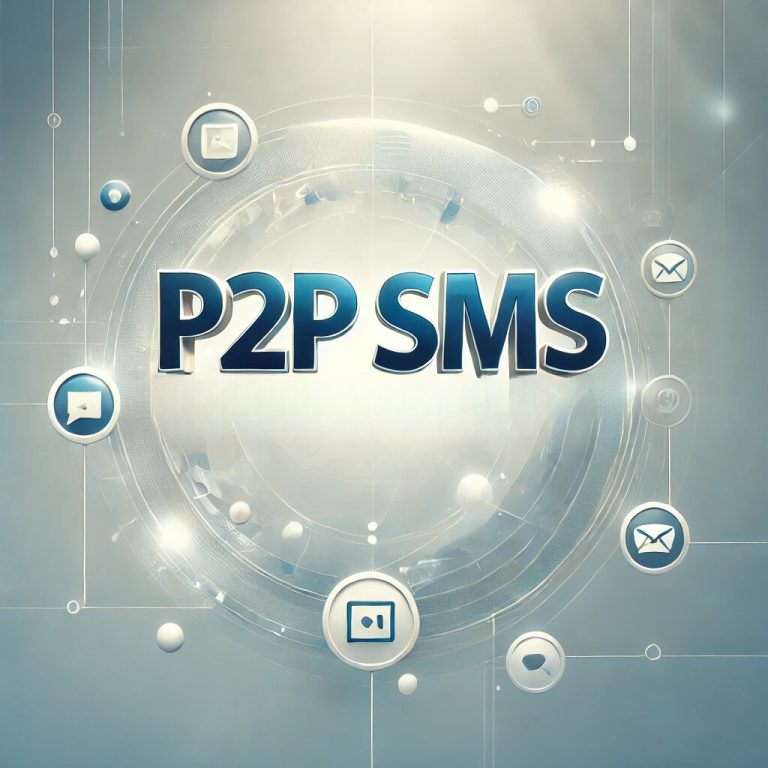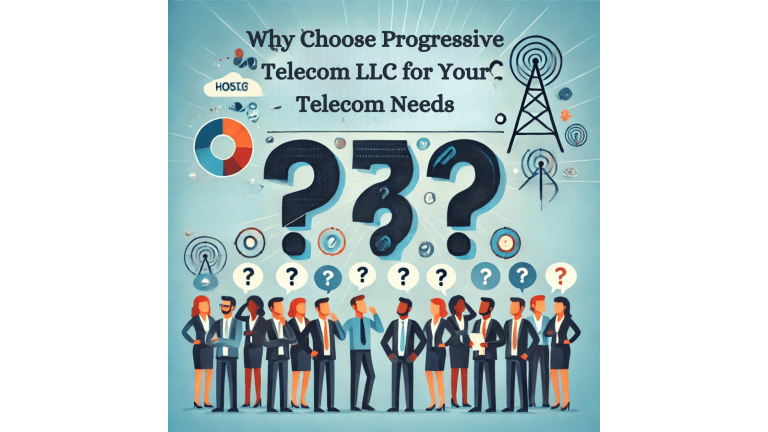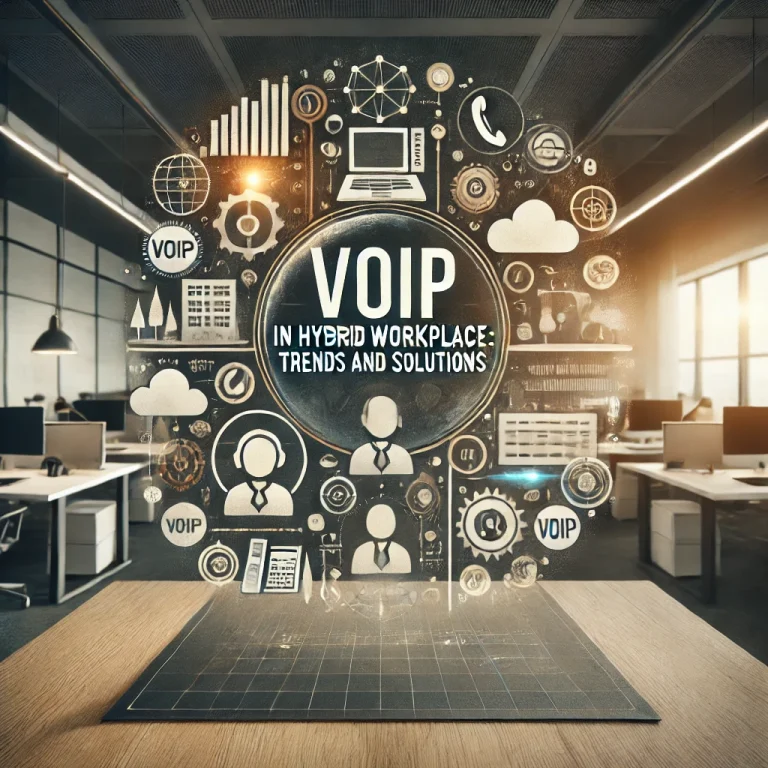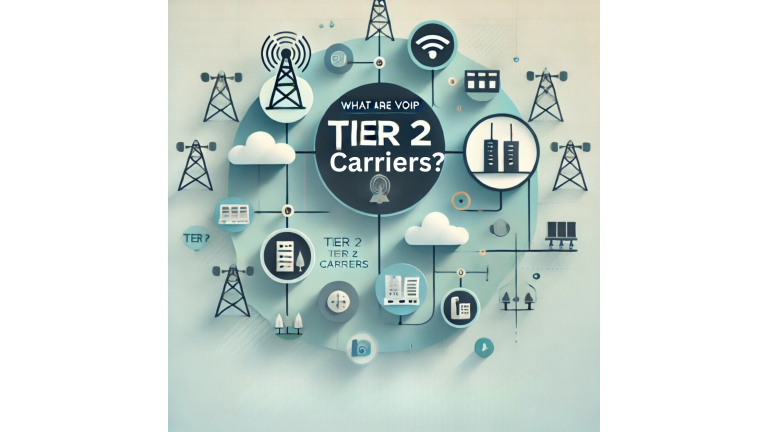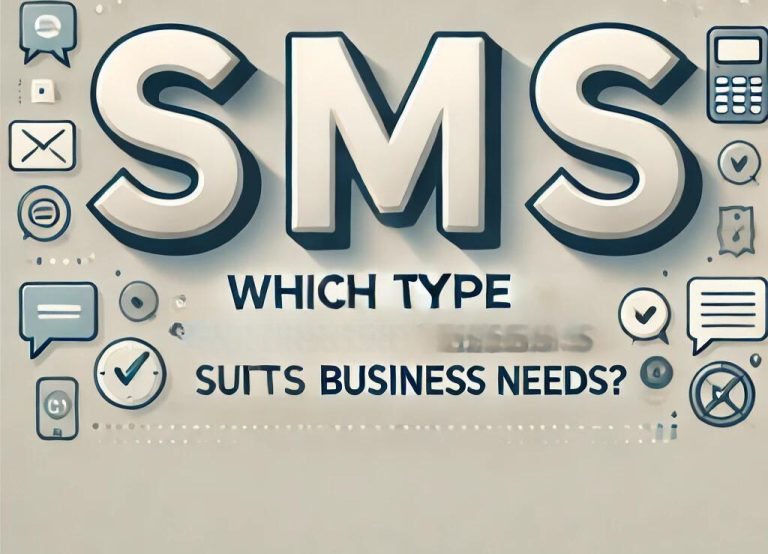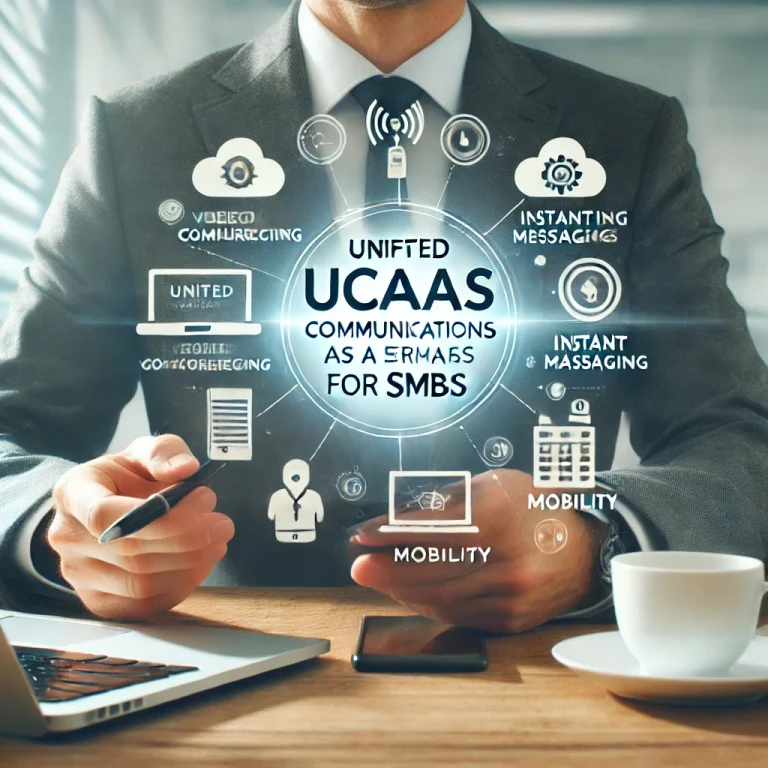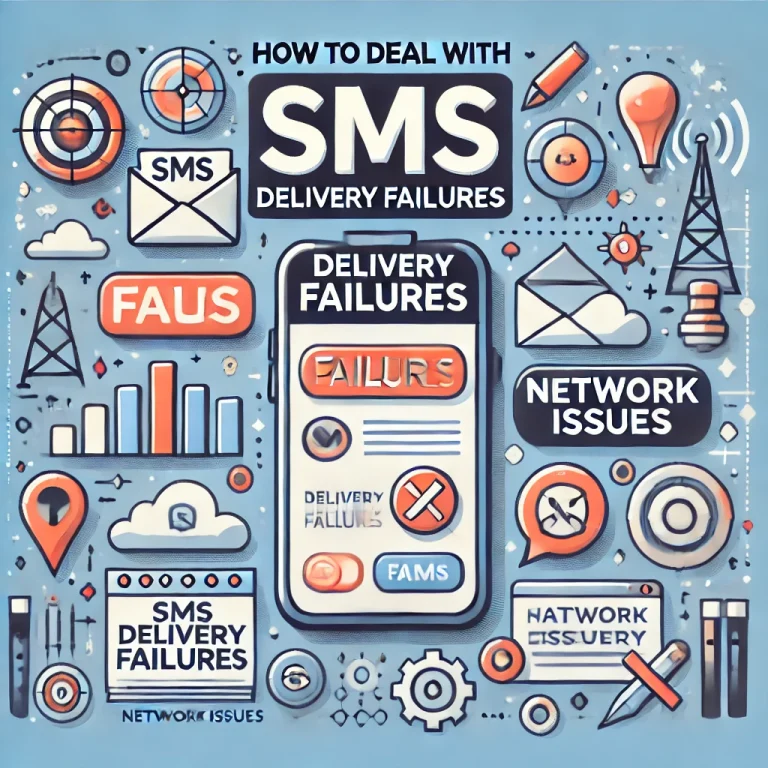What is SMS and How it Works: A Comprehensive Guide
- SMS, or Short Message Service, revolutionized text-based communication. Initially developed in the early 1990s, SMS enables the exchange of short text messages between mobile devices. Consequently, this service has become indispensable for both personal and business use. It offers a quick and efficient way to communicate, enhancing connectivity across various contexts. Moreover, the simplicity and reliability of SMS make it a preferred choice for many. As a result, it continues to play a crucial role in modern communication.
Key Takeaways on SMS And How it Works
- SMS (Short Message Service) is indeed crucial for seamless communication.
- Additionally, it enables instant text messaging across mobile networks.
- Moreover, it is widely used in both personal and business communication.
- Furthermore, it is cost-effective, reliable, and widely accessible.
What is SMS And How it Works
SMS, or Short Message Service, revolutionized text-based communication. Initially developed in the early 1990s, SMS allows short text messages to be sent and received between mobile devices. This service has become indispensable for both personal and business use, offering a quick and efficient way to communicate.
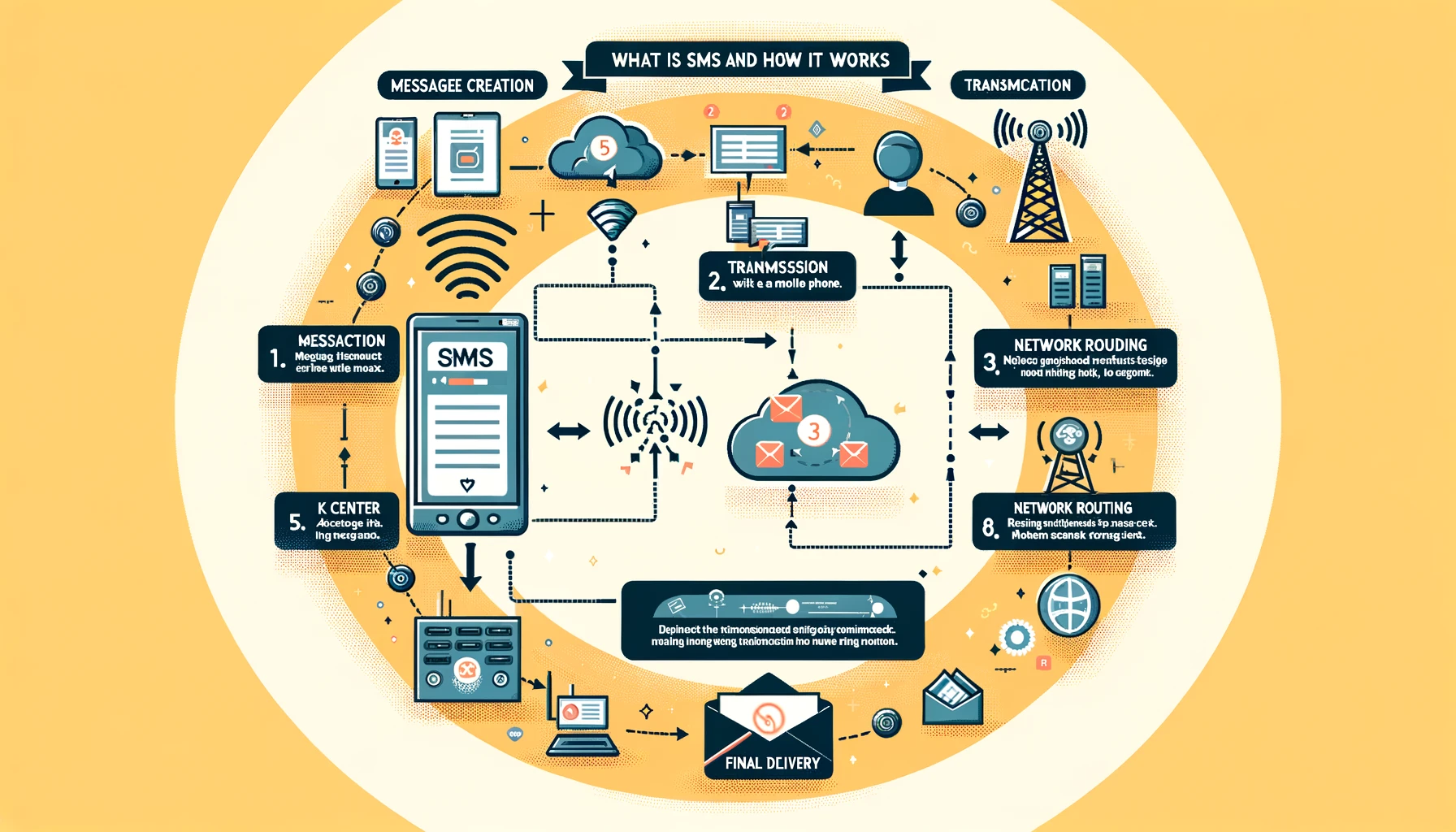
Key Features of SMS: SMS And How it Works
Text-only messages: Limited to 160 characters per message.
Global reach: Supported by virtually all mobile phones worldwide.
Instant delivery: Messages are typically delivered within seconds.
For more detailed strategies on leveraging SMS, visit our SMS wholesale strategies.
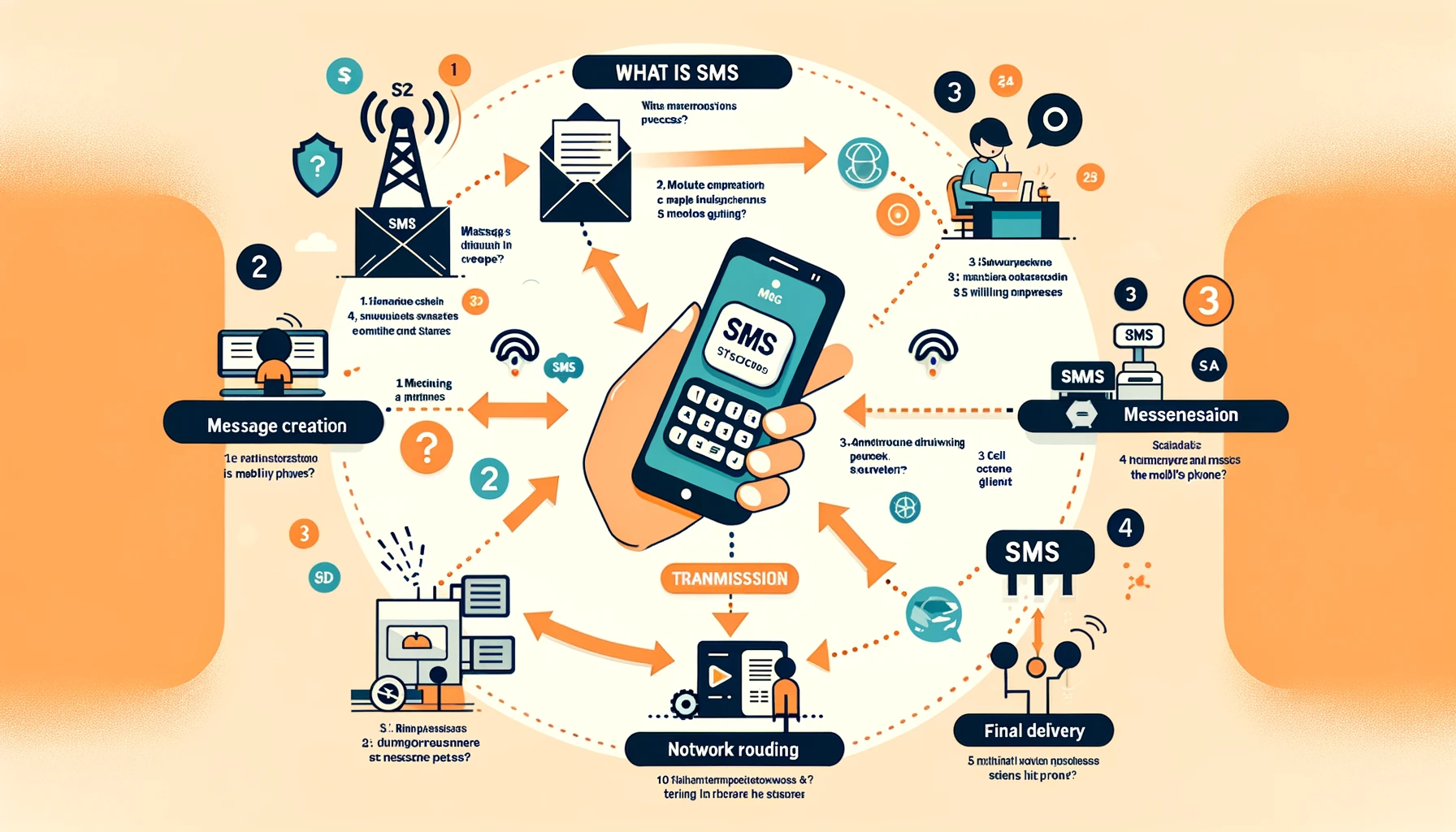
How SMS Works
Understanding how SMS works is fundamental for grasping its reliability. The process involves several steps, starting from the sender’s device and ending at the recipient’s phone. Each message passes through a series of network elements to ensure delivery.
Process Overview:
1. Message Creation: The sender types a message on their mobile device.
2. Transmission: The message is sent to the nearest cell tower.
3. Network Routing: From the cell tower, it is relayed to the network’s SMS Center (SMSC).
4. Final Delivery: The SMSC then forwards the message to the recipient’s phone.
Step | Description |
1. Message Creation | Sender composes the message. |
2. Transmission | Message sent to the nearest cell tower. |
3. Network Routing | Routed through the SMSC. |
4. Final Delivery | Delivered to the recipient’s de |
To explore the broader impact of SMS, check out our article on The power of SMS in global communication.
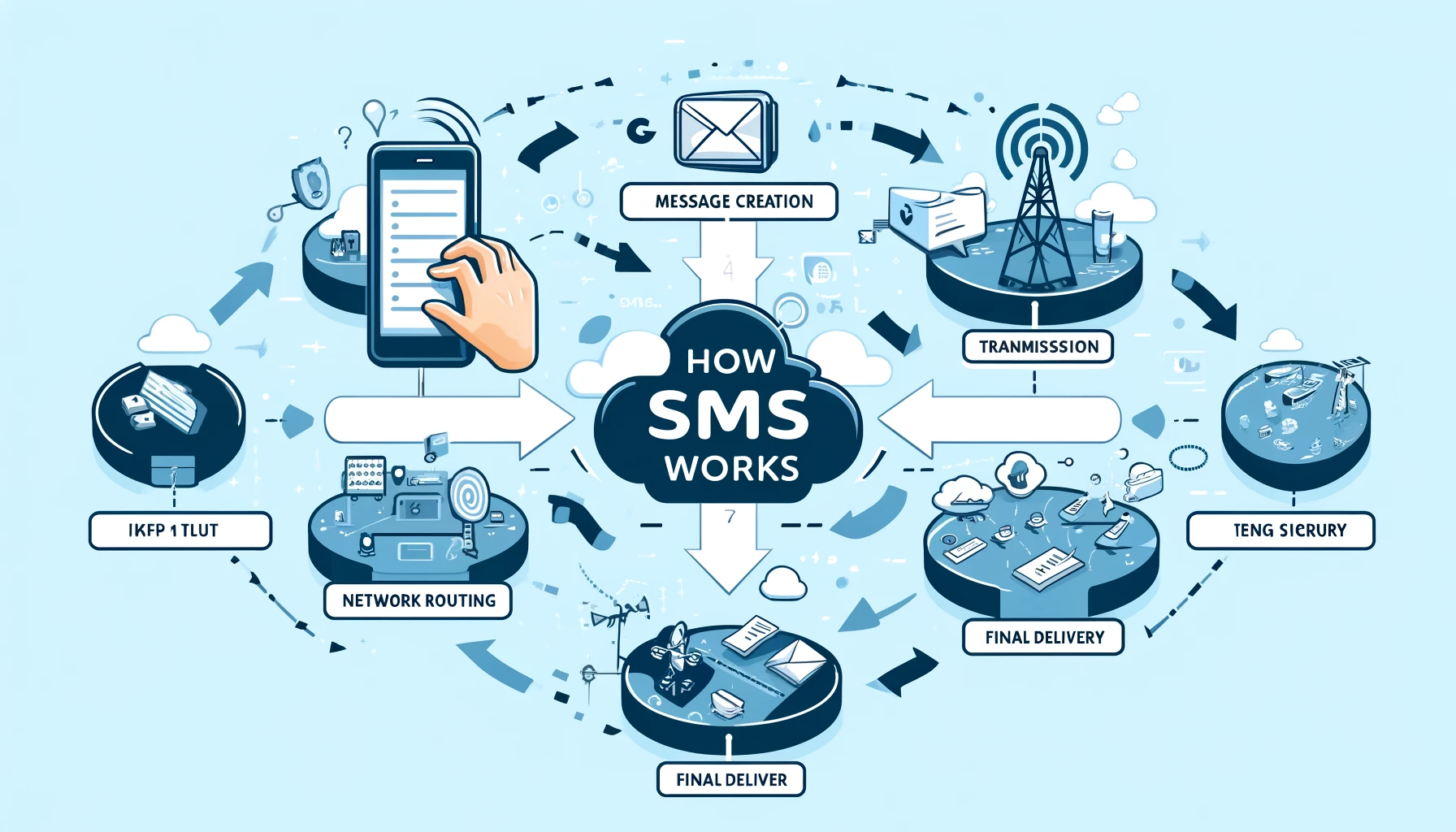
Benefits and Limitations of SMS
The benefits of SMS are numerous, making it a preferred communication tool. However, it’s important to recognize its limitations as well. SMS is widely appreciated for its reliability and extensive reach but has certain constraints.
Benefits:
Reliability: SMS messages are typically delivered almost instantly and are rarely lost.
Cost-effectiveness: Sending SMS messages is generally inexpensive, making it an economical choice for businesses.
Broad Accessibility: Almost all mobile devices support SMS, ensuring widespread accessibility.
Limitations:
Character Limit: Each SMS is restricted to 160 characters, which can be limiting for longer messages.
Lack of Multimedia: Traditional SMS does not support multimedia content such as images or videos.
For an in-depth look at how SMS can benefit your business, visit our A2P SMS wholesale benefits page.
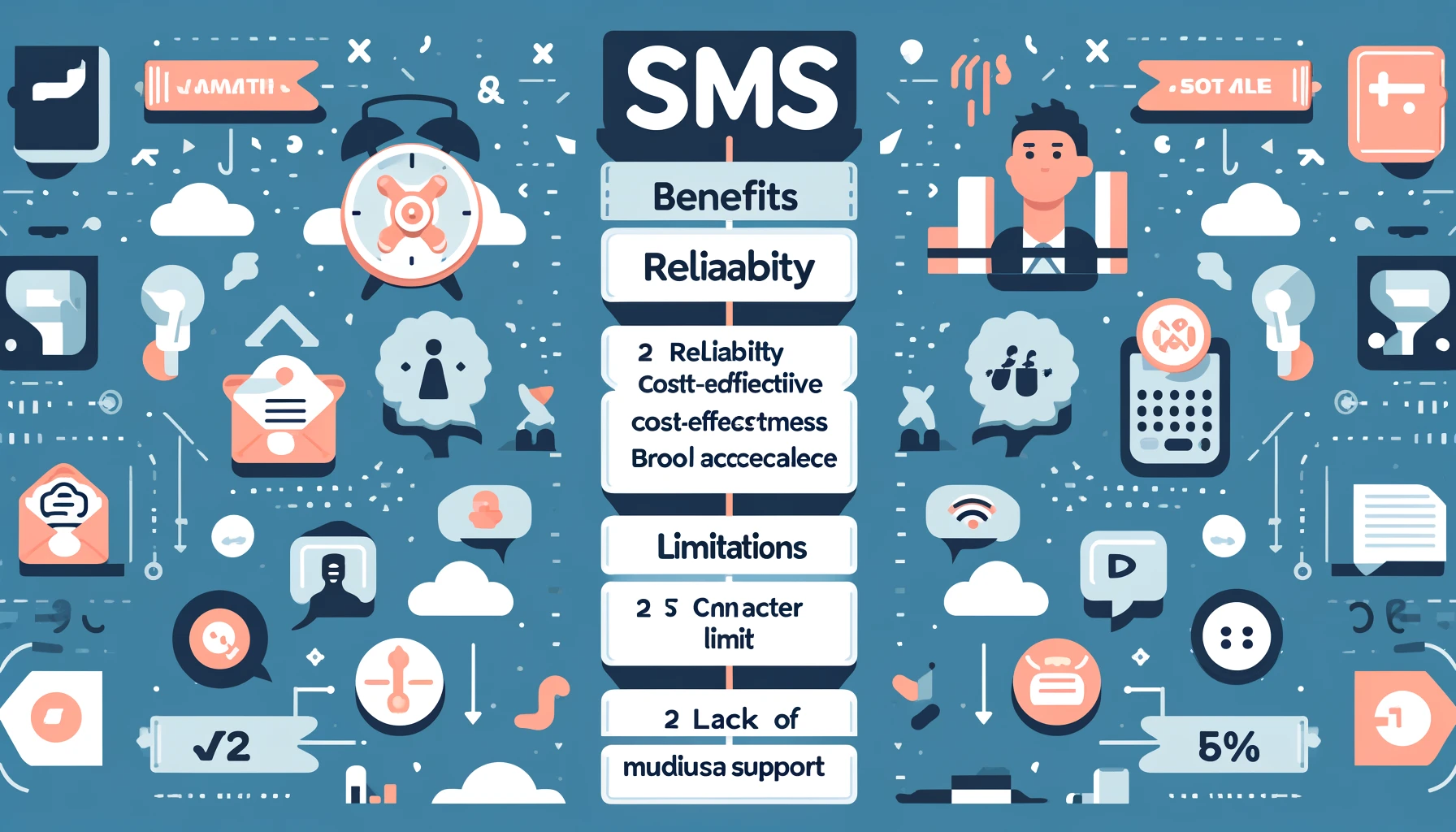
SMS in Modern Communication
– Despite the rise of instant messaging apps, SMS remains a key player in modern communication. Businesses use SMS for marketing, customer service, and emergency notifications due to its reliability and accessibility.
Use Cases in Modern Communication:
Marketing: Companies send promotional messages to customers to drive sales and engagement.
Customer Service: Automated responses and updates are sent via SMS, enhancing customer experience.
Emergency Notifications: SMS is used to quickly disseminate critical information during emergencies.
Use Case | Example |
Marketing | Sending discount codes and promotions. |
Customer Service | Automated service updates and support responses. |
Emergency Notifications | Alerting the public about emergencies or outages. |
To learn more about automating customer engagement with SMS, check out our [article]
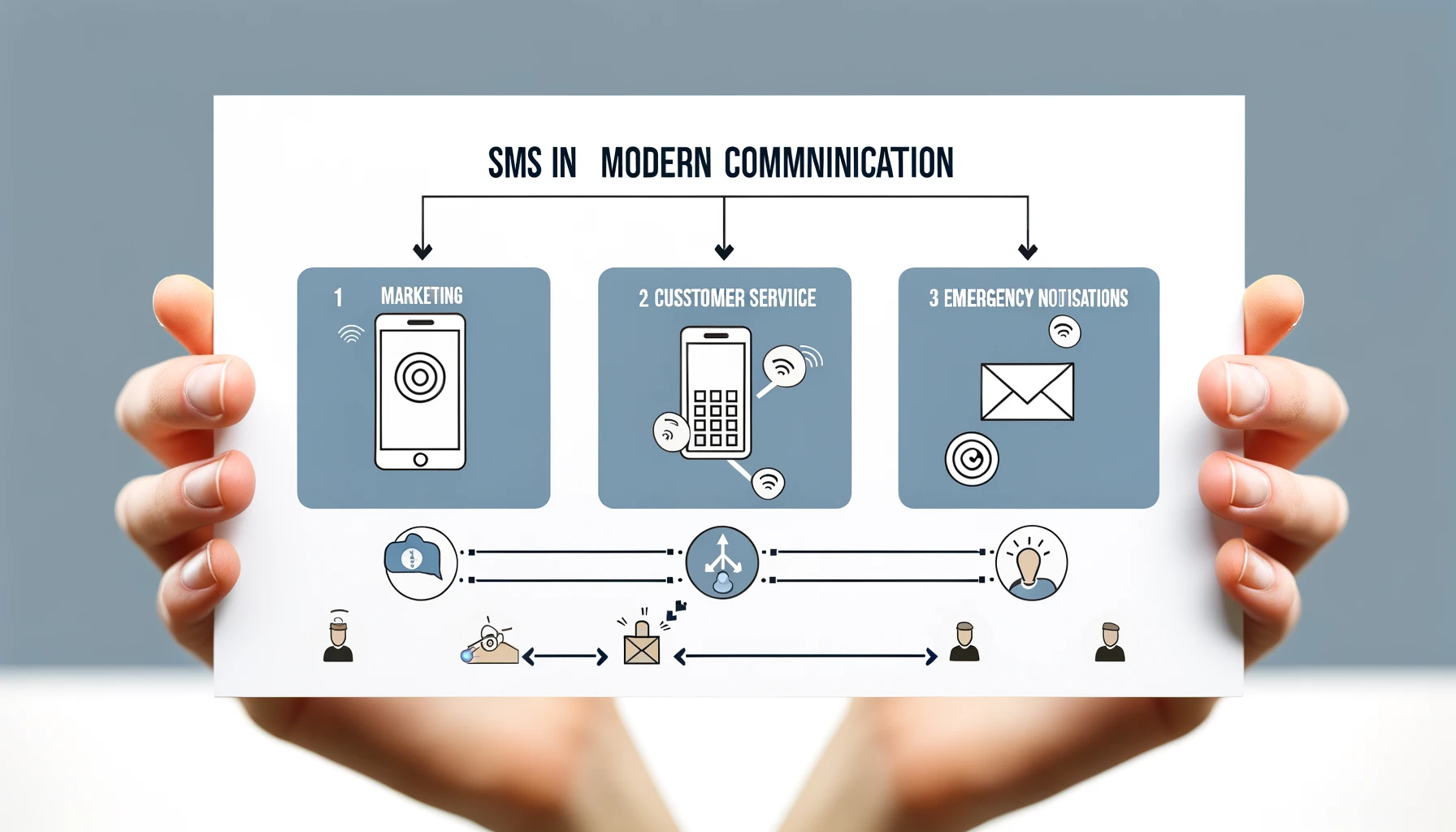
Conclusion on SMS And How it Works
In conclusion, SMS is undeniably a cornerstone of modern communication. Furthermore, its reliability, cost-effectiveness, and broad accessibility make it an invaluable tool for both personal and business use. Although it has limitations, such as the character limit and lack of multimedia support, the advantages far outweigh these drawbacks. Consequently, businesses can leverage SMS for marketing, customer engagement, and emergency notifications. By doing so, they ensure their messages reach a wide audience quickly and efficiently.
For further insights into the future of SMS and VoIP, visit our article on future VoIP and SMS predictions.
FAQs on SMS And How it Works
What is SMS?
SMS stands for Short Message Service. It is a method for sending short text messages between mobile devices. This service is widely used for both personal and business communication due to its reliability and instant delivery.
How does SMS work?
SMS works by transmitting messages through a series of network elements. First, the message is created on the sender’s device and sent to the nearest cell tower. From there, it is routed through the SMSC (Short Message Service Center) and finally delivered to the recipient’s phone.
What are the benefits of using SMS for business?
SMS offers numerous benefits for businesses, including reliability, cost-effectiveness, and broad accessibility. It allows companies to reach a wide audience quickly and efficiently, making it ideal for marketing, customer service, and emergency notifications.
What are the limitations of SMS?
The main limitations of SMS are its 160-character limit and the inability to send multimedia content. These constraints can be limiting for longer or more complex messages, but the widespread accessibility and reliability of SMS often outweigh these drawbacks.
How is SMS used in modern communication?
– SMS is used extensively in modern communication for various purposes. Businesses use SMS for marketing, sending promotional messages to customers. It is also used for customer service, providing automated responses and updates. Additionally, SMS is critical for emergency notifications, allowing for the quick dissemination of important information.
For more information on innovations in SMS technology, visit our innovations in SMS technology page.

